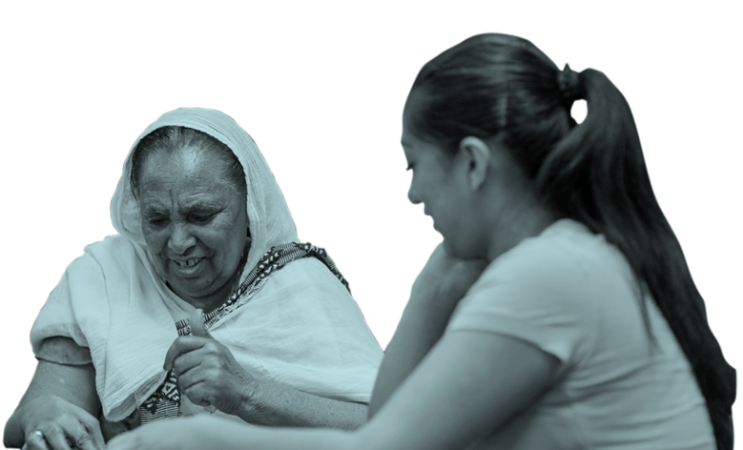Begin a Numeracy Routine with English Language Learners by Using a Hundreds Chart
It can be overwhelming to think about adding numeracy and math to your ELL class or tutoring sessions, but your learners’ future GED and HiSet teachers will thank you for it! Whether or not we as language tutors and teachers feel equipped to teach numeracy and math does not change the fact that learners need these skills to navigate their daily lives and prepare to earn a secondary and / or post-secondary credential. So, start small with a weekly routine using a hundreds chart.
If you’ve never heard of a hundreds chart, here is an example:
You can project one of these in an in-person or online environment and do several activities:
Counting
- Count up in various ways, with each learner saying one number. Count by ones, twos, fives, tens, fifteens, twenty-fives etc.
- Do the same as above, but instead, count backwards.
- Count by dollars, cents, hours or minutes. The counting by fives, tens and twenty-fives that you’ve done will help learners count change and paper money, similarly for counting by fifteens for counting minutes and hours.
Adding and Subtracting
- The chart works really well to show the concept of tens. To practice adding, first try having learners add numbers that are a multiple of ten. For example, to demonstrate that 25 + 10 = 35, find 25 on the chart and move down one row. Only do this after learners have a solid understanding of the layout of the chart, which can be achieved through the counting activities described above.
- Do the same, but in reverse to show subtracting by multiples of ten. For example, to show that 58 - 20 = 38, find 58 on the chart and go up two rows.
- Once learners have mastered adding and subtracting by tens, try more complex combinations like adding or subtracting twos and fives.
Through these activities, learners will improve their number sense and begin to visualize numbers and their relationship to each other. They will also build their number and math vocabulary. So start small with a hundreds chart and then investigate math and numeracy resources and professional development offered by ATLAS.
This Tutor Tip was inspired by Elizabeth Bennet’s session Math in Your ESL Class–Yes, Really! at the ATLAS ABE Spring 2023 Virtual Conference. For questions or comments, please contact Tutor Training Coordinator, Meghan Boyle at [email protected].

